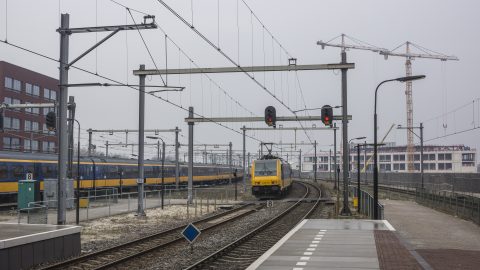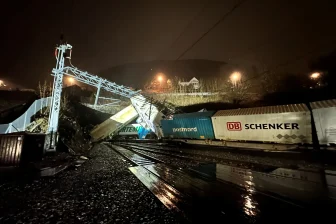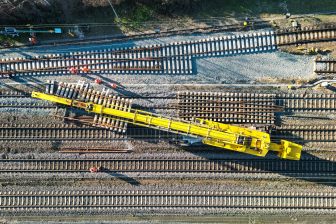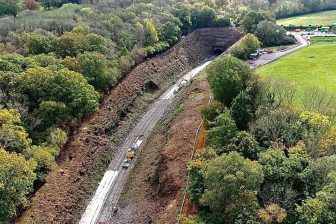
How a communications failure crippled the Dutch rail network
The majority of rail traffic in the Netherlands came to a standstill on Monday afternoon due to a malfunction in ProRail’s communication system. Communication between train drivers and train traffic control was blocked. Train traffic was stopped by the railway manager for safety reasons, causing some passengers to get stuck in a stationary train for hours. Both passenger and freight transporters by rail suffered greatly from the disruption.
Want to read more?
You have read all of your free premium articles for this month. Please become a subscriber to keep reading.
Subscribe now!
Take advantage of our exclusive offer to get full access to all premium content.




Wi-Fi can be used as a backup for train to ground communications.